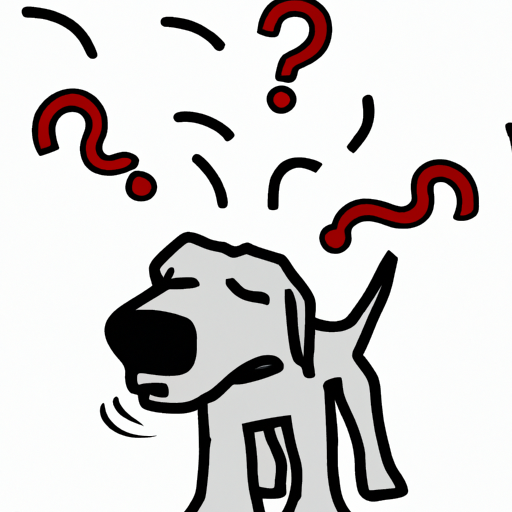As a committed caregiver, you might have observed your dog making strange, unexpected noises that sound like snorts or choking. This can be alarming, but it’s often just a case of what’s known as “reverse sneezing”. This article will delve into what reverse sneezing is, its causes, symptoms, prevention measures, and when to seek veterinary help.
Understanding Reverse Sneezing
Reverse sneezing, also known as inspiratory paroxysmal respiration or pharyngeal gag reflex, is a fairly common respiratory event in dogs. It’s the dog’s attempt to remove irritants from the nasal passages.
Here’s how it happens:
- Your dog extends its neck and expands its chest.
- It makes rapid and long inspirations, standing still with its elbows spread apart.
- You’ll hear a “snorking” sound that may make you think your dog is choking.
Common Causes of Reverse Sneezing
Several factors may trigger reverse sneezing in dogs:
- Allergies
- Inhalation of irritants
- Overexcitement
- Rapid eating or drinking
- Nasal mites
- Foreign bodies in the throat
| Causes | Explanation |
|---|---|
| Allergies | Just like humans, dogs can have allergic reactions that cause reverse sneezing. |
| Irritants | Smoke, perfumes, cleaning products, etc. can irritate a dog’s nasal passages. |
| Overexcitement | Sometimes, intense excitement can trigger an episode of reverse sneezing. |
| Eating/Drinking | Eating or drinking too quickly can sometimes lead to reverse sneezing. |
Symptoms of Reverse Sneezing
While reverse sneezing episodes are generally harmless, they can seem dramatic. Here are the typical signs:
- Extended neck and head
- Noisy inhalation
- Gagging sounds
- Twitching eyes
Prevention and Treatment
Preventing reverse sneezing largely depends on identifying and avoiding the triggers. If your dog reverse sneezes due to allergies or irritants, try to eliminate these from their environment.
When an episode of reverse sneezing occurs, remain calm and comfort your dog. You can gently stroke its throat to help stop the spasms.
However, if the episodes become frequent or prolonged, seek veterinary help. They may suggest antihistamines for allergies, or in rare cases, surgery for anatomical issues.
When to Seek Veterinary Help
While reverse sneezing is usually harmless, there are instances when it could indicate a more serious underlying issue. Seek veterinary help if:
- The reverse sneezing episodes are frequent and prolonged
- Your dog appears distressed or panicked
- There are other symptoms like nasal discharge, blood, or difficulty breathing
FAQs
What is reverse sneezing?
Reverse sneezing is a respiratory event in dogs where they attempt to remove irritants from their nasal passages.
Is reverse sneezing harmful?
Usually, reverse sneezing is harmless and doesn’t require treatment. But if episodes become frequent and prolonged, it’s best to seek veterinary help.
How can I help my dog during a reverse sneezing episode?
Stay calm, soothe your dog, and gently stroke its throat. This can help stop the spasms.
When should I seek veterinary help?
If your dog’s reverse sneezing is frequent, prolonged, or accompanied by other symptoms like nasal discharge or difficulty breathing, it’s time to consult a vet.
Hopefully, you now have a better understanding of reverse sneezing in dogs. Remember, as a caregiver, your calm and comforting presence can make all the difference during one of these episodes.



